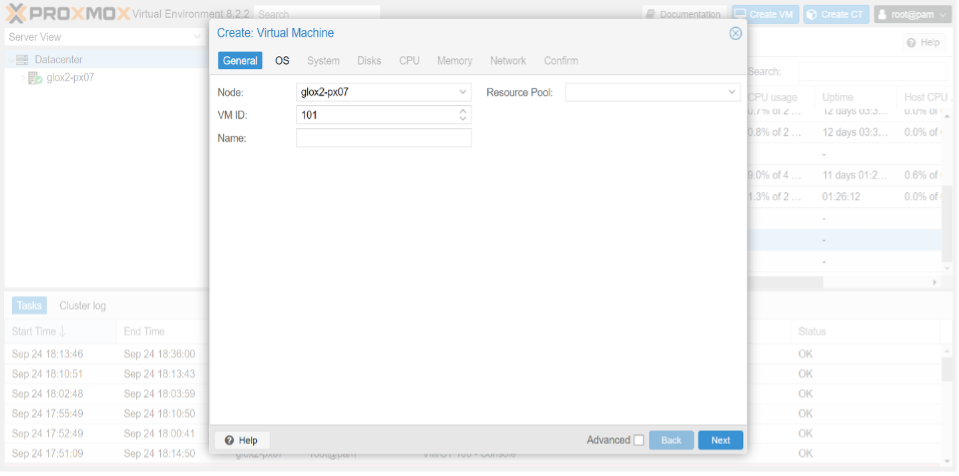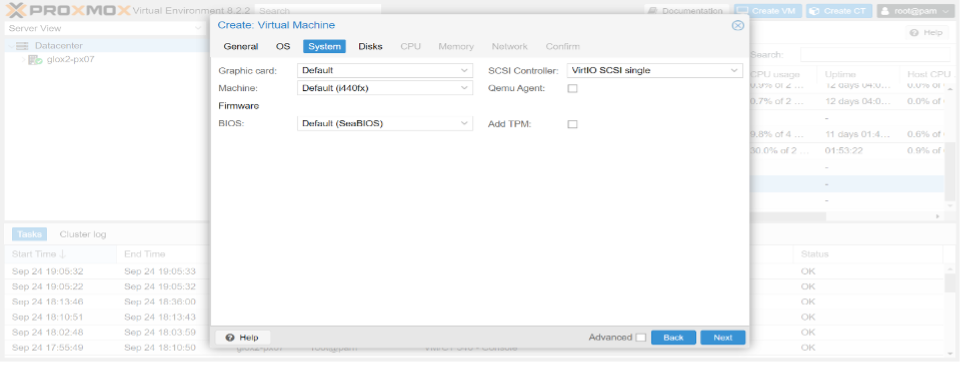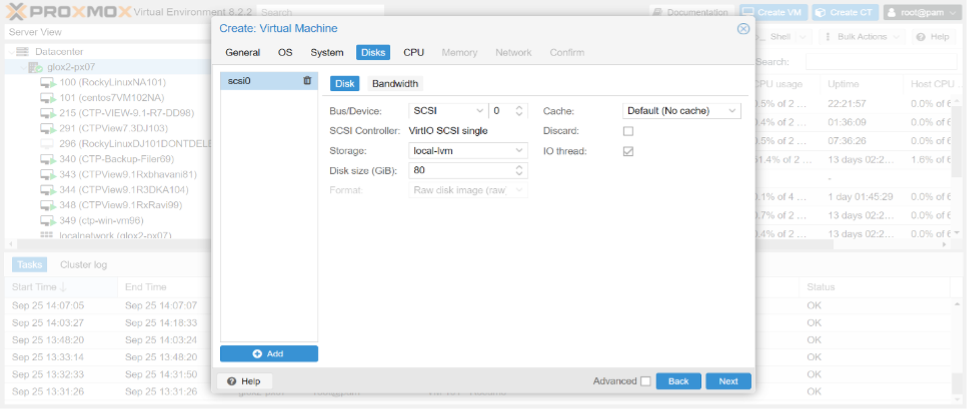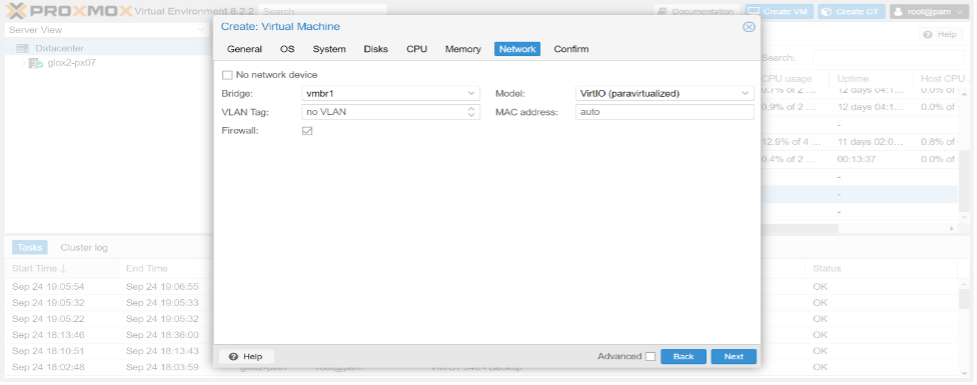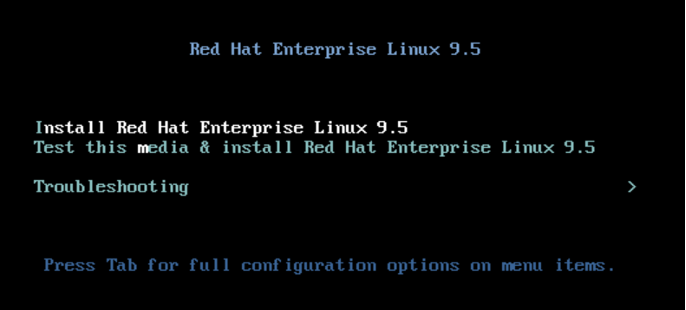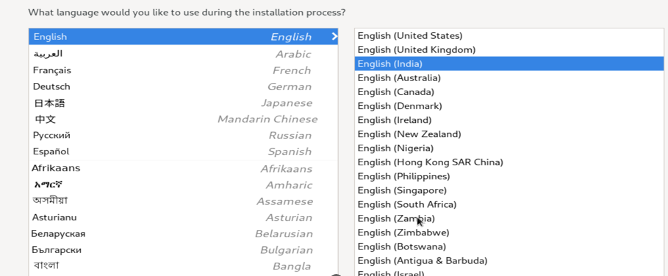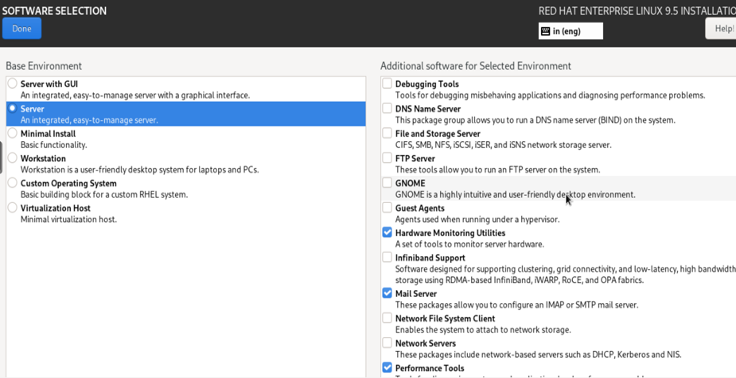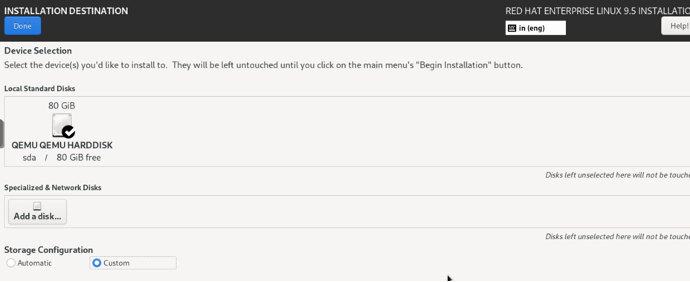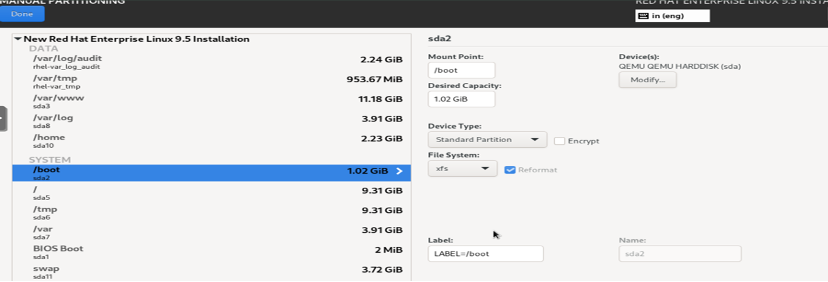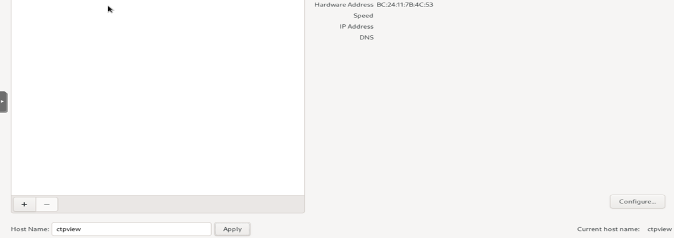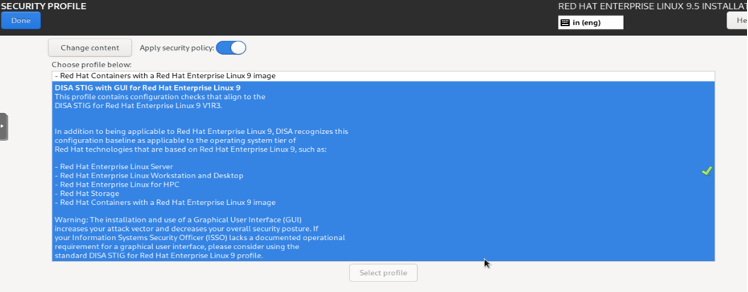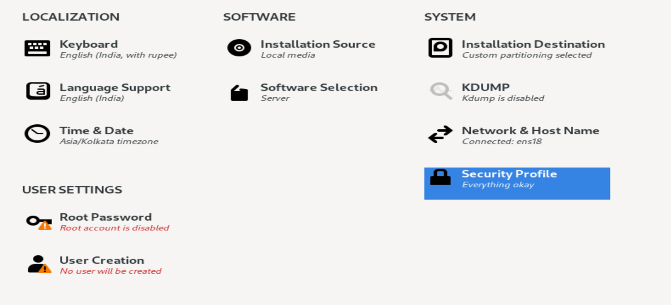- play_arrow Overview
- play_arrow Circuit to Packet System Overview
-
- play_arrow Administration
- play_arrow Managing and Displaying Users (CTPView)
- Managing CTPView Users with the CTPView Admin Center
- Accessing the CTPView Admin Center (CTPView)
- Monitoring CTPView Users (CTPView)
- Adding New CTPView Users (CTPView)
- Modifying CTPView User Properties (CTPView)
- Monitoring CTPView Groups (CTPView)
- Modifying CTPView User Group Affiliation (CTPView)
- Adding a New CTPView User Group (CTPView)
- Modifying CTPView User Group Default Properties (CTPView)
- Prohibiting and Reinstating CTPView Access by Users (CTPView)
- Deleting Users and Groups (CTPView)
- Managing User Passwords (CTPView)
- Configuring User Login Properties (CTPView)
- Understanding CTPView GUI User Levels
- CTPOS and CTPView Software Password Requirements
- Unlocking a User Account (CTP Menu)
- Unlocking User Accounts for Which Password Has Expired
- play_arrow Managing the CTPView Server (CTPView)
- Adding and Removing CTP Platforms Managed by CTPView Software (CTPView)
- Adding and Removing Host Groups (CTPView)
- Adding and Removing SNMP Communities (CTPView)
- Managing CTP Platforms in the Network (CTPView)
- Configuring Email Notifications (CTPView)
- Setting the CTPView Server Start-Up Banner (CTPView)
- Setting the CTP Platforms Login Banner (CTPView)
- Configuring an SSH Connection to a CTP Platform that Persists Through the Session (CTPView)
- Setting the CTPView Server Clock (CTPView)
- Managing NTP Servers for the CTPView Network (CTPView)
- NTP Authentication Overview on CTP Devices
- Configuring NTP Authentication Using the System Query Page (CTPView)
- Configuring NTP Authentication Using the System Configuration Page (CTPView)
- Configuring NTP and Syslog over IPv6 on CTP Node (CTPView)
- Configuring NTP over IPv6 on CTPView Server (CTPView)
- Configuring NetRef Settings (CTPView)
- Configuring Automatic Monitoring of CTP Platforms (CTPView)
- Setting a Limit on File Transfer Bandwidth Between the CTPView Server and CTP Platforms (CTPView)
- Restoring CTPView Software Configuration Settings and Data (CTPView)
- Restoring CTPView Software Data by Manually Synchronizing the CTPView Server (CTPView)
- Synchronizing Multiple CTPView Servers (CTPView)
- Establishing an SSH Connection (CTP Menu)
- Adding a VLAN Interface to a Node (CTP Menu)
- Separate Interfaces for Management and Circuit Traffic Overview
- Configuring Separate Interfaces for Management and Circuit Traffic (CTP Menu)
- play_arrow Monitoring CTP Platforms (CTPView)
- Monitoring the Network with the CTPView Software (CTPView)
- Changing the Display Settings for CTPView Network Monitoring (CTPView)
- Checking the CTPView Server Connection to CTP Platforms in the Network (CTPView)
- Displaying Runtime Query Results for a CTP Platform (CTPView)
- Overriding CTP Platform Network Status and Adding Comments (CTPView)
- Saving CTP Platform Configurations (CTPView)
- Setting an Audible Alert for CTP Platform Status (CTPView)
- Displaying CTPView Network Reports (CTPView)
- Field Descriptions in CTPView Network Reports (CTPView)
- Displaying Network Statistics (CTPView)
- Displaying the Management and Circuit Interface Settings (CTP Menu)
- play_arrow Changing CTPView GUI Settings
- play_arrow Managing and Displaying Users (CTPView Server Menu)
- Accessing the CTPView Server Configuration Menu (CTPView Server Menu)
- Managing CTPView Users (CTPView Server Menu)
- Classification of CTPView Shell Account Users
- Managing User Passwords (CTPView Server Menu)
- Accessing the Security Profile Configuration Menu (CTP Menu)
- Changing the User Password (CTP Menu)
- Configuring CTPView User Authentication with Steel-Belted RADIUS
- Configuring CTPOS and CTPView User Authentication with TACACS+
- Configuring the TACACS+ Server
- play_arrow Managing the CTPView Server (CTPView Server Menu)
- Managing CTPView Server Secure Logs (CTPView Server Menu)
- Setting the CTPView Server Start-Up Banner (CTPView Server Menu)
- Managing Access Security for the CTPView Server (CTPView Server Menu)
- Configuring an SSH Connection to a CTP Platform That Persists Through the Session (CTPView Server Menu)
- Saving the CTPView Configuration Settings and Data (CTPView Server Menu)
- Creating More Disk Space on the CTPView Server (CTPView Server Menu)
- Restoring CTPView Software Configuration Settings and Data with the Restore Utility (CTPView Server Menu)
- Restarting the PostgreSQL Server (CTPView Server Menu)
- Setting the Logging Level (CTPView Server Menu)
- play_arrow Restoring Default Values on the CTPView Server
- play_arrow Changing Administrative Passwords to Improve Access Security
- Changing Passwords to Improve Access Security
- Changing the BIOS Menu Password (CTPView Server CLI)
- Changing the Server's Root Account Password (CTPView Server CLI)
- Changing the GRUB Boot Loader Password (CTPView Server Menu)
- Changing the PostgreSQL Apache Account Password (CTPView Server Menu)
- Changing the PostgreSQL Administrator Account Password (CTPView Server Menu)
- play_arrow Configuring Access Control and Privileges
- play_arrow Using Third-Party Software on CTPView Servers
-
- play_arrow Troubleshooting
- play_arrow Validating the CTPView Server System Configuration
- play_arrow Restoring CLI Access to the CTPView Server
- Restoring Access to a CTPView Server
- Accessing a Shell on the CTPView Server (CTPView Server CLI)
- Setting a New Password for a Nonroot User Account (CTPView Server CLI)
- Setting a New Password for a Root User Account (CTPView Server CLI)
- Creating a Nonroot User Account and Password (CTPView Server CLI)
- play_arrow Restoring Browser Access to a CTPView Server
- play_arrow Changing a CTPOS User Password
- play_arrow Booting the CTPView Server from the CD-ROM Drive
- play_arrow Restarting the Apache Daemon In the Event of Browser Issues
- play_arrow Displaying Jitter Statistics in MIBs and Supporting Acorn MIB for Daemon Model
- play_arrow Knowledge Base
-
Creating a Virtualized Instance of CTPView 9.3Rx Server on Proxmox Server
Starting from CTPView Release 9.3R1, CTPView must be installed either on RHEL9.5 or Rocky Linux 9.5 OS.
You can use either the RHEL9.5 (licensed version) or Rocky Linux 9.5 (open source) OS for hosting CTPView 9.3R1 Server.
To create a virtualized CTPView server in a RHEL9.5 or Rocky Linux 9.5 Proxmox environment:

























